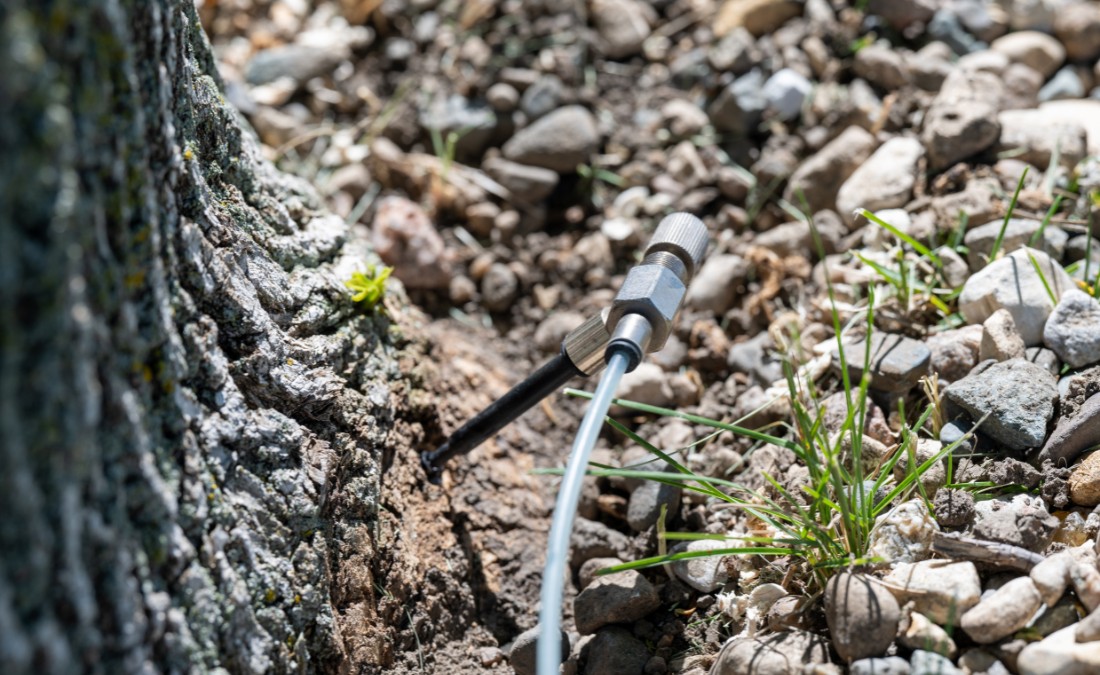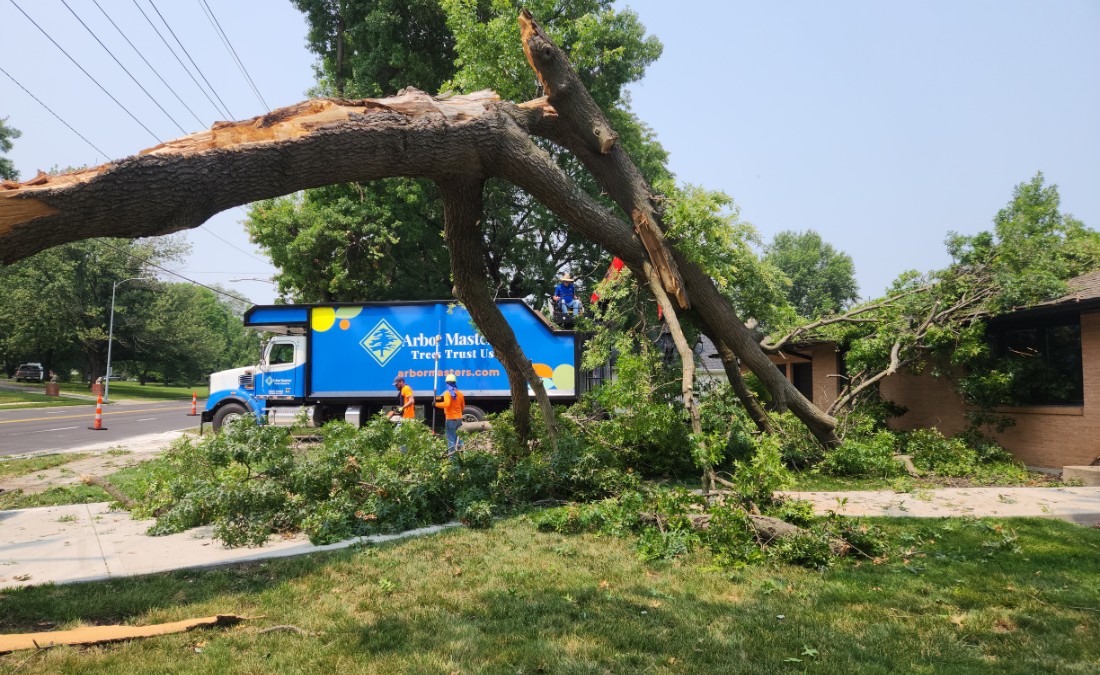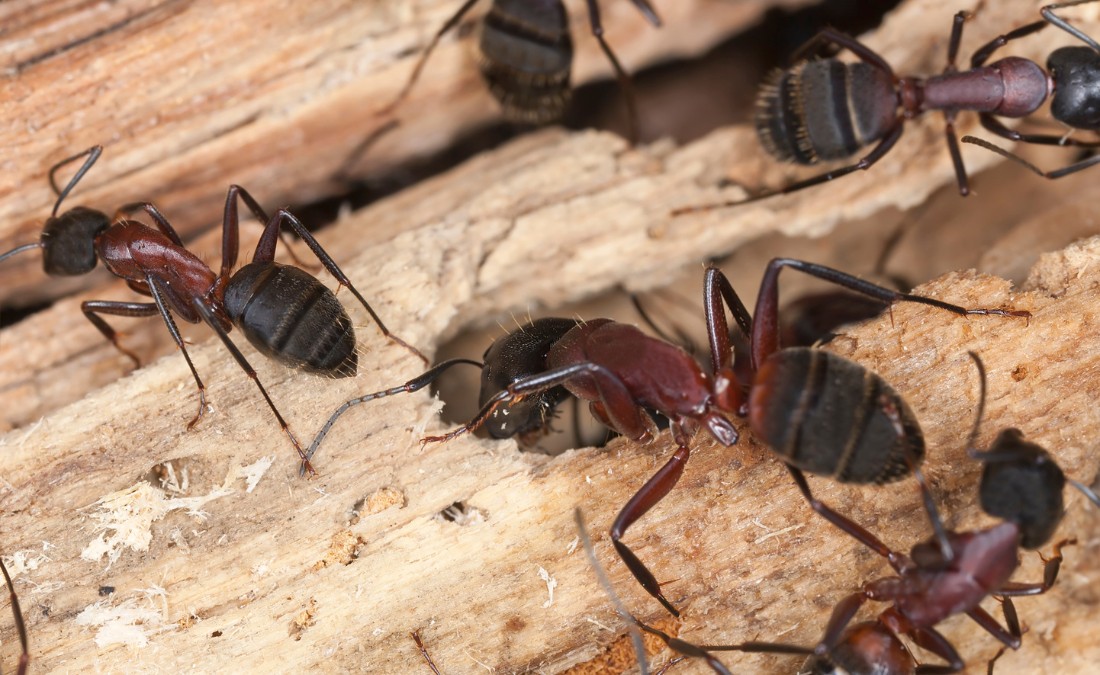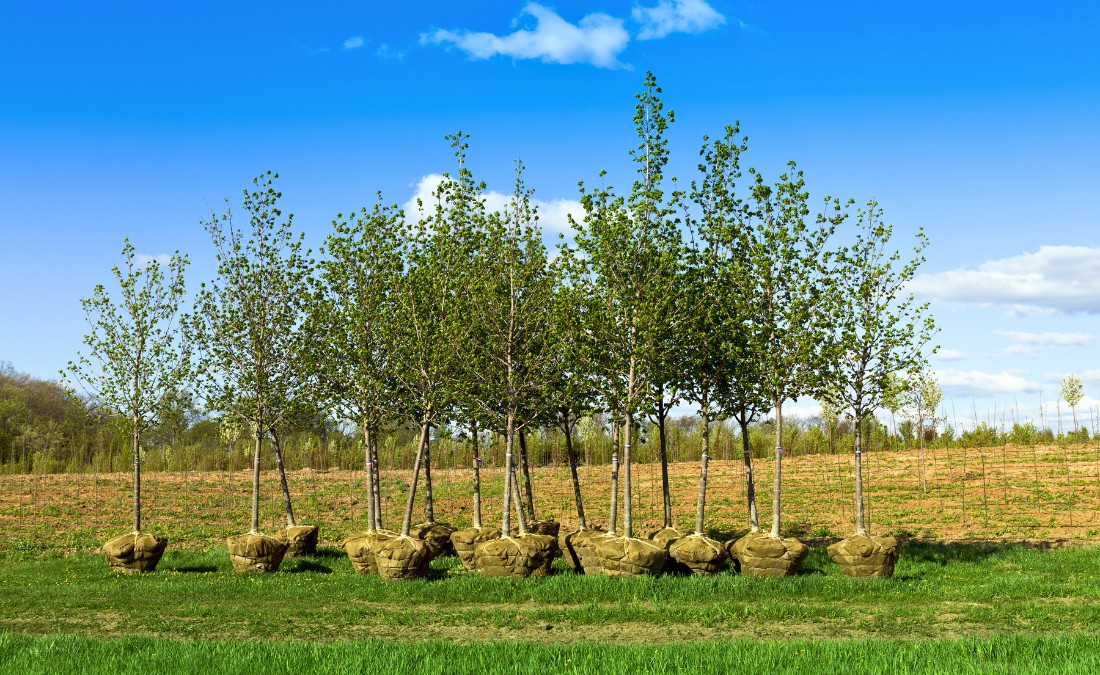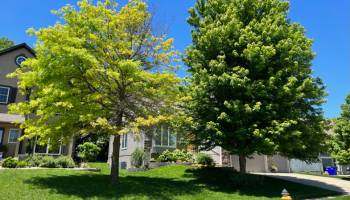6 Winter Tree Care Tips You Can’t Afford to Ignore While Living in the Midwest
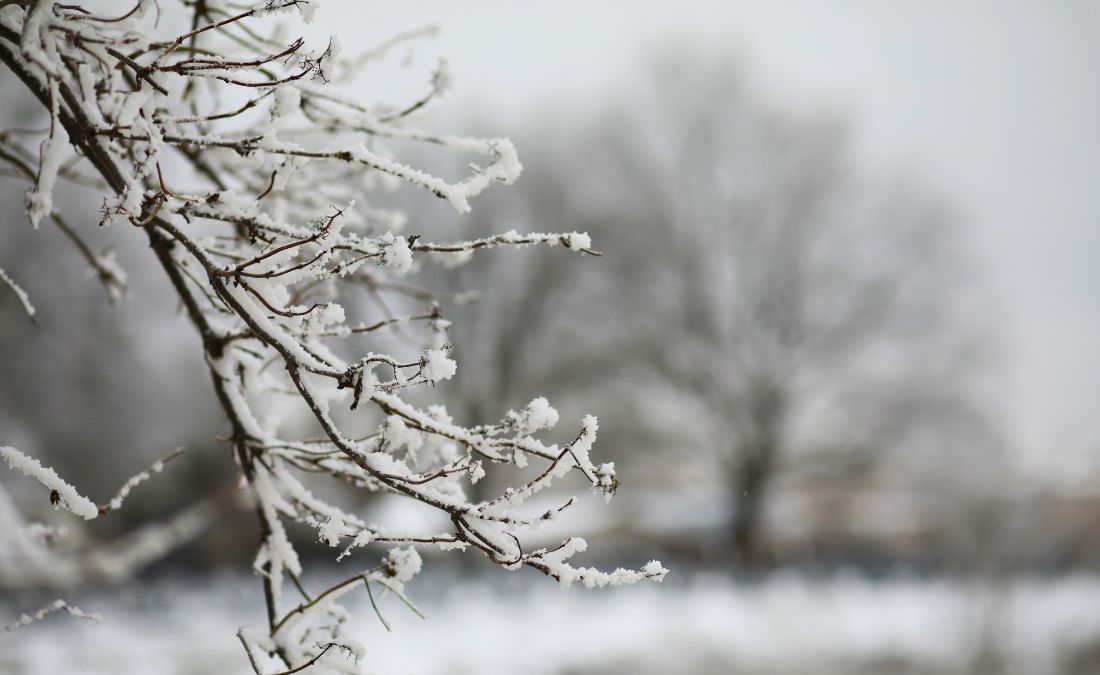
Snow, ice, and salt don’t stand a chance! Learn 6 winter tree care tips from the experts at Arbor Masters to save your trees & keep them strong all season long.
Picture your trees in spring, bursting with fresh leaves and vibrant blooms. What many homeowners don’t realize is that this stunning display is a result of proper winter preparation and protection.
As tree care professionals, we’ve seen firsthand how neglect during the winter months can leave once beautiful shade trees vulnerable to disease, breakage, or even death. The good news? With the right approach and a few expert winter tree care tips, you can protect your trees from this season’s harshest conditions and help them emerge healthy and strong when warmer days return.
Key Takeaways
- Prevent winter burn by watering your trees and applying anti-desiccants to your evergreens during warm spells.
- Protect against salt damage by using barriers, salt alternatives, and proper drainage to shield trees from harmful runoff and soil contamination.
- Prune when trees are dormant to remove weak or damaged branches, reduce the risk of storm damage, and promote healthier growth in the spring.
- Wrap vulnerable trees with tree wrap or burlap to prevent sunscald and frost cracks caused by temperature fluctuations.
- Apply mulch around the base of trees to insulate roots, regulate soil temperature, and retain moisture during winter.
- Gently remove snow and allow ice to melt naturally to avoid further damage to branches.
6 Important Winter Tree Care Tips You Can’t Ignore
Winter in the Midwest is anything but predictable. While the season typically spans from December to March, the first snowfall often arrives as early as October and can linger well into May.
Midwest winters bring a mix of conditions, from light snowfalls to intense blizzards that can last for days. With these fluctuating weather patterns, it’s important to prepare your trees for anything Mother Nature might throw their way.

1. Prevent Winter Burn
Winter burn, or desiccation, is a type of damage that occurs when trees, especially evergreens, lose more moisture than they can absorb during the cold months. Many homeowners assume snow provides enough moisture, but that’s not always the case.
The key to winter watering is timing and technique. Choose days when temperatures rise above 40°F, and the ground isn’t frozen solid. You should aim to water trees in the morning, so it has time to soak into the soil before the temperatures drop below freezing again at
night. Young trees, particularly those planted within the last two years, need extra attention during this time as their root systems aren’t fully established.
Some signs your trees need water include:
- Browning or yellowing needles on evergreens
- Dry, cracking soil around the root zone
- Wilting or curling leaves on broadleaf evergreens
- Branch tip dieback in spring
Consider Anti-Desiccants for Extra Protection
Anti-desiccants are products designed to help evergreens retain moisture by forming a protective coating on their leaves or needles. These sprays reduce water loss through transpiration, which can be especially helpful for trees exposed to harsh winter winds or intense sunlight. Apply anti-desiccants on a dry day when temperatures are above freezing.
2. Protect Against Salt Damage
Salt damage is one of the most overlooked threats to winter tree health, especially in urban and suburban areas. Road salt and ice melt products can severely impact tree health through both direct contact and soil contamination. Trees like silver maples, littleleaf lindens, and dogwoods are particularly vulnerable to salt injury, often showing symptoms like leaf scorch, premature fall coloring, and twig dieback on the road-facing side of the tree.
Here are some practical steps you can take to protect your trees and landscaping from the harmful effects of road salt:
- Install Physical Barriers: Use burlap screens, snow fencing, or wooden panels to shield vulnerable trees and shrubs from salt spray.
- Redirect Runoff: Create drainage channels to steer salty water away from your tree’s root zones.
- Use Salt Alternatives: Where possible, opt for less harmful de-icing materials like sand, kitty litter, or calcium magnesium acetate near trees and plants.
- Flush Salt from Soil: During winter thaws, water deeply to help rinse accumulated salt from the soil.
- Raise Planting Beds: For trees near roads or sidewalks, building raised beds or berms can reduce exposure to salty runoff.
3. Prune for Healthier, Stronger Trees
Did you know winter is one of the best times to prune your trees? Without leaves in the way, an arborist can clearly see the tree’s structure, making it easier to spot issues like crossing branches or weak limbs. Plus, pruning in winter lowers the chance of spreading diseases since most pests and pathogens are dormant in the cold.
Winter pruning also helps protect your property by reducing the risk of storm damage. Heavy snow and ice can weigh down branches, causing weak or damaged branches to break and potentially harm your home, vehicles, or even people nearby. Strategic pruning removes these hazards before they become a problem, helping your trees stand strong through the harshest winter storms.
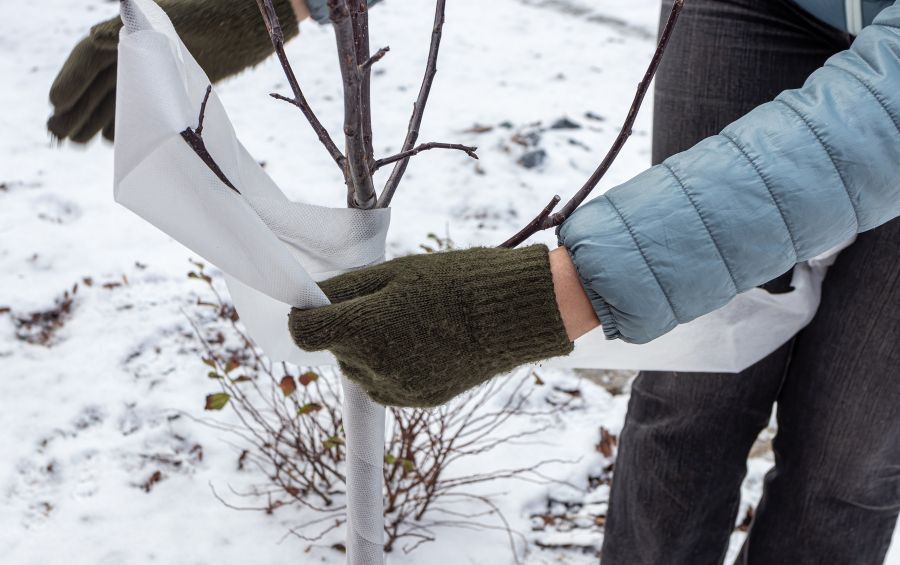
4. Wrap Trees to Prevent Sunscald and Frost Cracks
Young trees and those with thin bark are particularly susceptible to winter damage, especially in the form of sunscald and frost cracks. These injuries typically occur on the south or southwest side of the trunk, where dramatic temperature fluctuations between sunny winter days and cold nights can damage bark tissue.
Begin wrapping your tree at the base, working upward toward the first set of branches. For the best protection, use materials like commercial tree wrap paper or breathable burlap. It’s important to remove the wrap promptly in the spring to prevent moisture from being trapped against the bark. Pay extra attention to newly planted trees and species with thin bark, such as young maples and lindens, as they are especially vulnerable to winter conditions.
5. Apply Mulch for Root Protection
Mulch acts as a protective blanket for your trees during winter. A 2- to 4-inch layer of mulch can help regulate soil temperature, reducing the risk of freeze-thaw cycles that can damage tree roots. It also retains moisture in the soil, ensuring the roots stay hydrated during dry spells.
When applying mulch, focus on spreading it evenly in a wide circle around the base of the tree, extending to the drip line (the outermost branch tip) if possible. Avoid piling mulch directly against the trunk, as this can trap moisture and encourage root rot.
Organic mulches like shredded bark, wood chips, or pine straw work best because they break down over time, enriching the soil. Mulch is especially important for newly planted, young, or trees in exposed areas where roots are more vulnerable to freezing temperatures.
6. Handle Snow and Ice Carefully
Snow and ice can pose significant challenges for your trees during winter, especially if branches become weighed down. Heavy or wet snow accumulation can bend branches, while ice can freeze them in place, increasing the likelihood of breakage.
If branches are covered with snow, use a broom or your hand to gently brush it off in a downward motion. Avoid hitting or shaking the branches, as this can cause them to snap under the stress. For ice-covered branches, it’s best to let the ice melt naturally.
For trees near high-traffic areas, like driveways or sidewalks, monitor them closely during winter storms. If you notice significant damage or branches at risk of falling, contact a local Certified Arborist. They have the expertise and tools to safely address the problem without harming the tree or putting anyone at risk.
Winter Tree Care FAQs
How do I prevent frost cracks on my trees?
Frost cracks occur when temperature fluctuations cause the bark to expand and contract rapidly, leading to splits. To prevent this, wrap the trunks of vulnerable trees with tree wrap or burlap. You can also mulch around the base to help regulate soil temperature, reducing the likelihood of extreme fluctuations.
Should I fertilize my trees in winter?
Fertilizing trees during winter is generally not recommended. Since trees are dormant in the colder months, they are not actively absorbing nutrients, which means applying fertilizer at this time can be ineffective or even harmful. Fertilizers are designed to promote growth, but during winter, this can create problems.
Using the wrong fertilizer or applying it at the wrong time can stimulate new growth prematurely. This tender, unseasonal growth is highly vulnerable to freezing temperatures and can damage the tree rather than help it. Instead, it’s best to wait until fall, before the tree goes dormant, or early spring, just before the growing season begins, to fertilize. This timing ensures that the nutrients are available when the tree needs them most for budding and new growth.
If you believe your tree is struggling and might benefit from fertilization, consult a Certified Arborist. They can evaluate the tree’s health and recommend the right type of fertilizer and application schedule to support its needs without causing unnecessary stress or risk of damage.
What should I do if a tree limb breaks during winter?
If a branch breaks, call a Certified Arborist to prune it back to the nearest healthy branch or trunk to prevent further damage. Proper pruning is important to avoid further damage and to help the tree heal effectively. Clean cuts at the correct angle allow the tree to seal the wound naturally, reducing the risk of pests or diseases taking hold when warmer weather returns.
Avoid attempting to remove large or high branches yourself, as this can be dangerous and may cause additional harm to the tree if done incorrectly.
Can I plant new trees in winter?
Planting new trees in winter is generally not recommended, especially in the Midwest, where the ground freezes solid. Frozen soil makes it difficult for roots to establish, as they cannot access water or nutrients effectively. Without proper root development, the tree may struggle to survive when temperatures drop further.
For the best results, wait to plant trees in the fall, when conditions are more favorable for root growth.
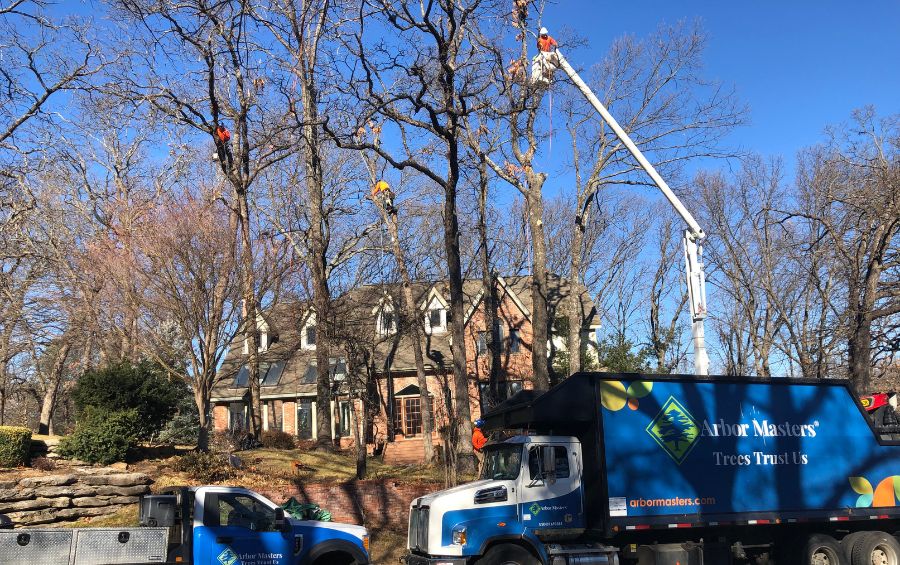
Protect Your Trees This Winter with Expert Care from Arbor Masters
Winter can be harsh on your trees, but with the right care, you can help them weather this blustery season and thrive for years to come. From expert pruning and mulching to protecting against snow, ice, and salt damage, Arbor Masters is here to help.
With multiple locations across Iowa, Kansas, Missouri, and Oklahoma, we provide professional tree care services tailored to your local conditions, ensuring your trees stay strong, healthy, and beautiful all year round.
Don’t wait until winter’s harsh conditions take their toll – reach out to the Arbor Masters team at your nearest location today. Visit our locations page to find the office closest to you, and let our Certified Arborists help your trees come through this season better than ever!

Want More Like This?
Get the latest local news, tree care tips, special offers, and company updates directly to your inbox! It's easy to subscribe and there's no spam - we promise.
"*" indicates required fields

